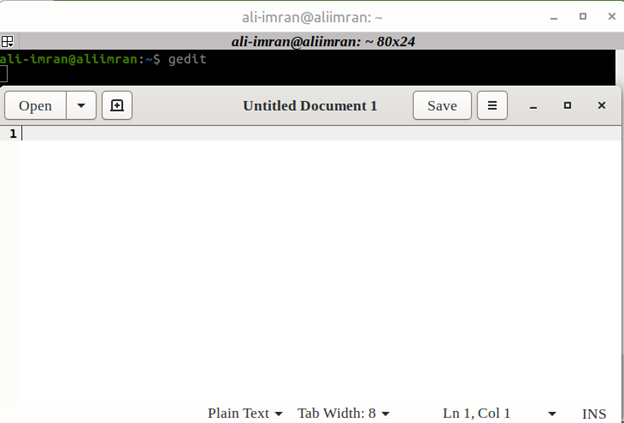What Will We Talk About?
The “X11 forwarding request failed on channel 0” error can sometimes happen when you try to forward an X11 request. In this blog post, we’ll take a closer look at what X11 forwarding is, why it’s useful, and how to fix the “X11 forwarding request failed on channel 0” error.
What Is X11 Forwarding in Linux SSH?
The X11 forwarding is a way to run the graphical applications on a remote machine, even if you are not in the same room as it is. The X11Forwarding option can be set in the sshd_config file. It provides the ability to tunnel the X11 traffic through the connection to enable the remote graphic connections.
The X11 forwarding is particularly useful for working with graphical user interfaces (GUIs) or visualizations that require a lot of processing power. Note that in order to use the X11 forwarding, you need to have an X11 server running on your local machine.
Why Do We Need to Run the Graphical Applications Remotely?
Running the graphical applications remotely has several benefits including the following:
Access to powerful hardware: Remote servers often have more powerful hardware than local machines, which can be especially useful to run the graphics-intensive applications such as image or video processing.
Collaboration: Running the graphical applications remotely allows multiple users to access and work on the same application or data simultaneously, even if they are not in the same physical location.
Security: By running the graphical applications remotely over an encrypted SSH connection, you can ensure that sensitive data or applications are not stored on local machines and are instead kept on a secure server.
Accessibility: Running the graphical applications remotely allows the users to access them from a variety of devices, including laptops, tablets, and smartphones, without having to locally install the application.
Cost savings: By running the graphical applications remotely, the organizations can reduce the hardware and software costs as they only need to purchase and maintain the required hardware and software to run the applications on the remote server rather than on individual local machines.
Why Do X11 Forwarding Requests Fail on Channel 0 and How to Fix It
The “X11 forwarding request failed on channel 0” error happens when the “X11Forwarding” option in the sshd_config file is commented out or not set to “yes.”
To fix this issue, check if X11 forwarding is enabled on the remote server. We can do this by looking at the server’s SSH configuration file (usually located in /etc/ssh/sshd_config) and verifying that the “X11Forwarding” option is set to “yes”:
If it’s not already set on the remote machine, we’ll get the following type of error while accessing the remote machine over ssh:
Furthermore, if we try to launch a remote GUI application on the client machine, we’ll see the error:
(program:23121): Gtk-WARNING **: 16:12:57.234: cannot open display:
To fix this behavior, we can just edit the file and set the “X11Forwarding” option to “yes”:
Now, restart the sshd service:
Now, log off the remote machine and log back. After this point, the remote service should now start normally:
Conclusion
X11 forwarding is a powerful part of the SSH protocol that lets the users to remotely run the graphical applications. By understanding how X11 forwarding works and how to troubleshoot the common issues, you can take a full advantage of this powerful feature and enhance your productivity and collaboration.




